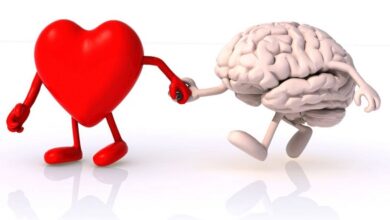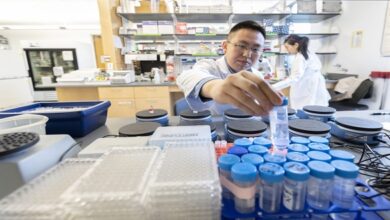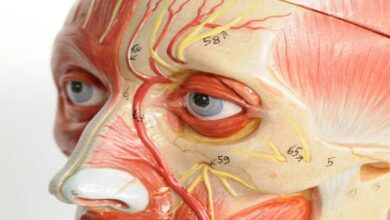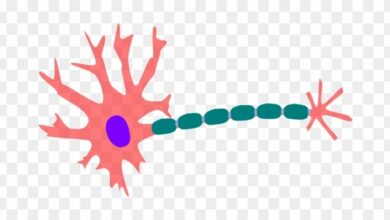Neurotransmitters & Neuromodulators – The secret life of memory receptors
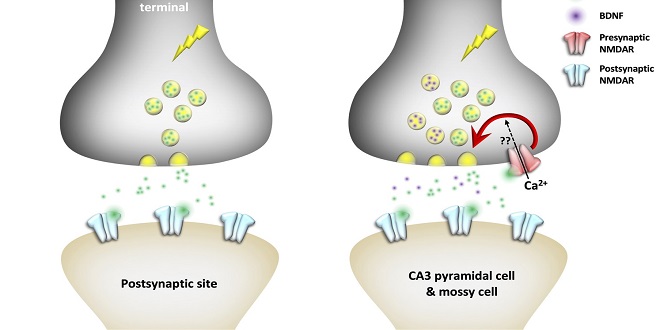
Introduction
The fact that transmission at most synapses is chemical is of great physiologic and pharmacologic importance. Nerve endings have been called biological transducers that convert electrical energy into chemical energy. In broad terms, this conversion process involves the synthesis of the neurotransmitters, their storage in synaptic vesicles, and their release by the nerve impulses into the synaptic cleft.
Chemical transmission of synaptic activity
One suspects that a substance is a neurotransmitter if it is unevenly distributed in the nervous system and its distribution parallels that of its receptors and synthesizing and catabolizing enzymes. Additional evidence includes a demonstration that it is released from appropriate brain regions in vitro and that it produces effects on single target neurons when applied to their membranes by means of a micropipette.
Reuptake
Neurotransmitters are transported from the synaptic cleft back into the cytoplasm of the neurons that secreted them, a process referred to as reuptake. The high-affinity reuptake systems employ two families of transporter proteins. One family has 12 transmembrane domains and cotransporters the transmitter with Na+ and Cl–. Members of this family include transporters for norepinephrine, dopamine, serotonin, GABA, and glycine, as well as transporters for proline, taurine, and the acetylcholine precursor choline.
Small-molecule transmitters
Synaptic physiology is a rapidly expanding, complex field that cannot be covered in detail in this book. However, it is appropriate to summarize information about the principal neurotransmitters and their receptors.
Cholinesterases
Acetylcholine must be rapidly removed from the synapse if repolarization is to occur. The removal occurs by way of hydrolysis of acetylcholine to choline and acetate, a reaction catalyzed by the enzyme acetylcholinesterase. This enzyme is also called true or specific cholinesterase. Its greatest affinity is for acetylcholine, but it also hydrolyzes other choline esters. There are a variety of esterases in the body. One found in plasma is capable of hydrolyzing acetylcholine but has different properties from acetylcholinesterase. It is therefore called pseudocholinesterase or nonspecific cholinesterase. The plasma moiety is partly under endocrine control and is affected by variations in liver function.
Serotonin
Serotonin (5-hydroxytryptamine; 5-HT) is present in the highest concentration in blood platelets and in the gastrointestinal tract, where it is found in the enterochromaffin cells and the myenteric plexus. It is also found within the brain stem in the midline raphé nuclei which project to portions of the hypothalamus, the limbic system, the neocortex, the cerebellum, and the spinal cord।
Norepinephrine & Epinephrine
The chemical transmitter present at most sympathetic postganglionic endings is norepinephrine. It is stored in the synaptic knobs of the neurons that secrete it in characteristic small vesicles that have a dense core (granulated vesicles; see above). Norepinephrine and its methyl derivative, epinephrine, are secreted by the adrenal medulla, but epinephrine is not a mediator at postganglionic sympathetic endings. each sympathetic postganglionic neuron has multiple varicosities along its course, and each of these varicosities appears to be a site at which norepinephrine is secreted।
Summary
Neurotransmitters and neuromodulators are divided into two major categories: small-molecule transmitters (monoamines, catecholamines, and amino acids) and large-molecule transmitters (neuropeptides). Usually, neuropeptides are localized with one of the small-molecule neurotransmitters.
A well-designed menu is essential for attracting and satisfying customers, as it sets the tone for the dining experience and showcases the establishment’s culinary offerings. From appetizers and entrees to desserts and beverages, menus are carefully curated to cater to various tastes and dietary preferences.
They can be presented in different formats, such as printed copies, digital displays, or online platforms, to suit the needs of modern consumers. By providing a comprehensive and enticing menu, restaurants can effectively communicate their brand identity and entice customers to dine with them.

